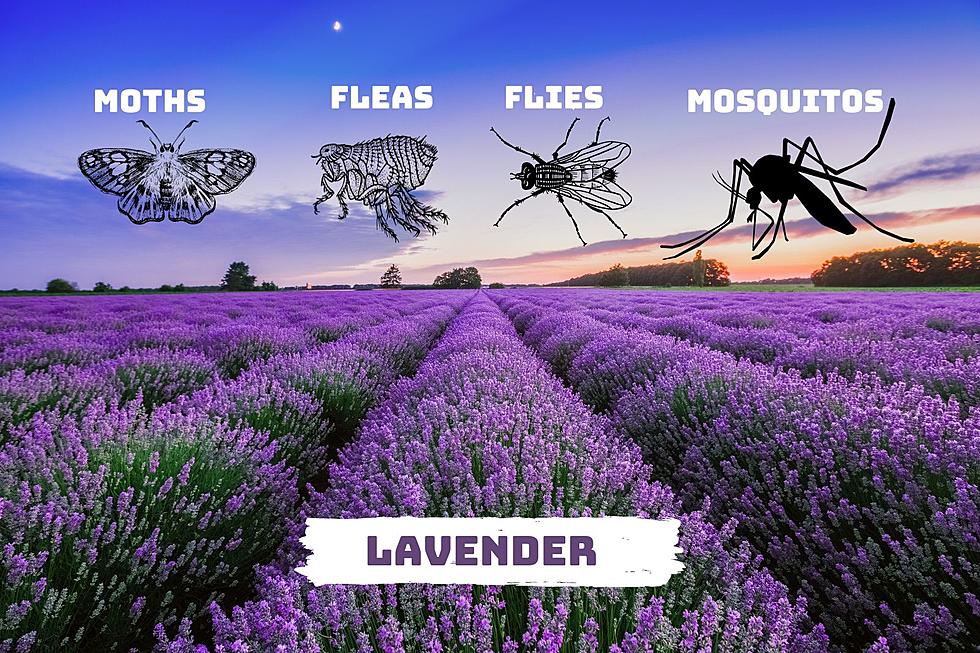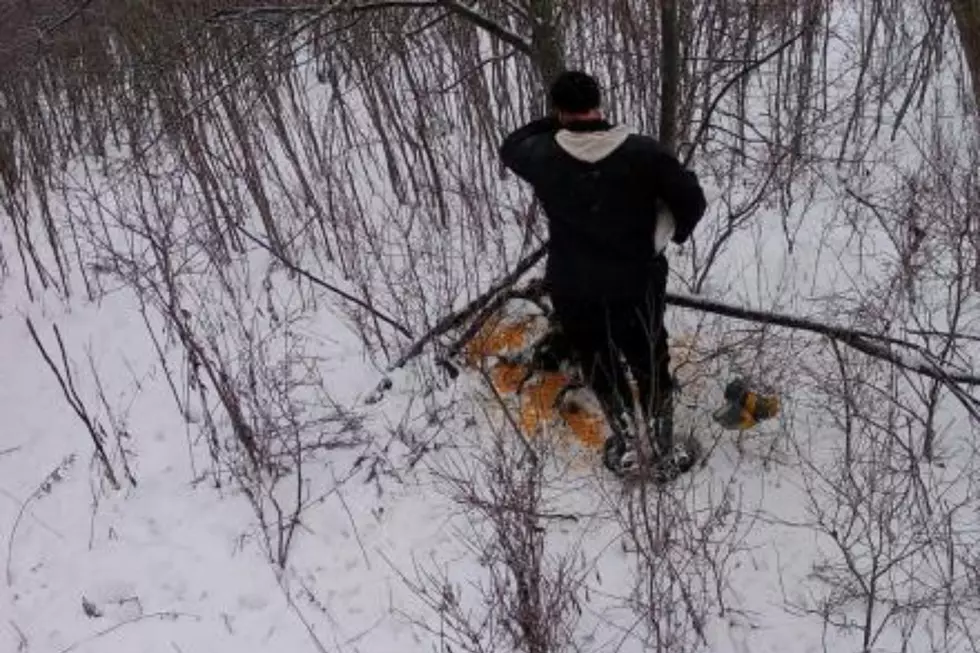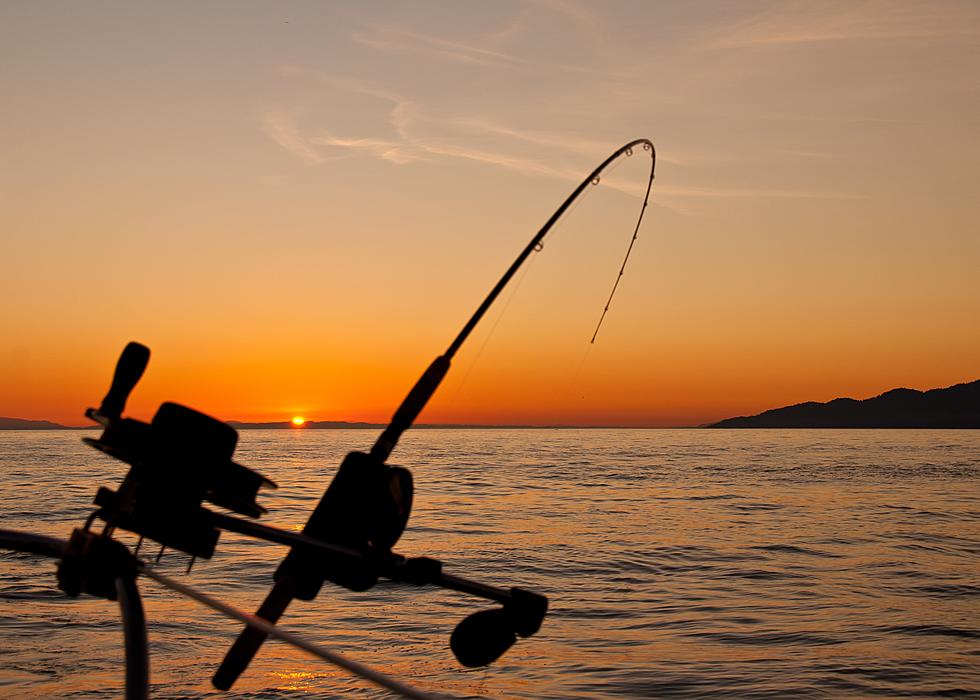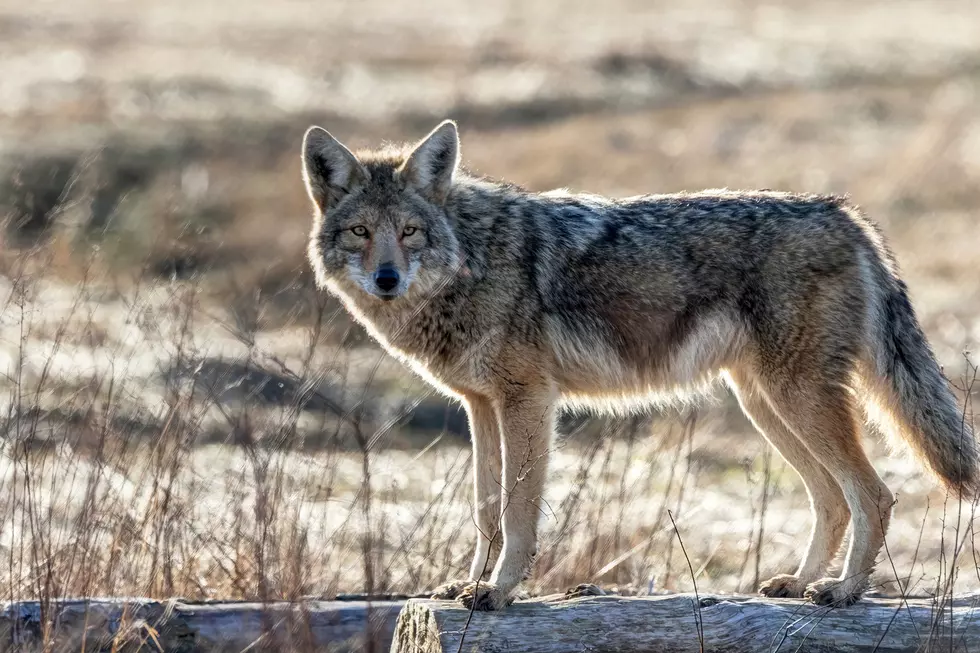
Pollinators Important Role In Your Lawn and Garden – Ag Matters
It takes three things to create a beautiful lawn or productive garden; soil, water and pollinators. And don't think just bees when it comes to pollination. The Master Gardeners at Cornell Cooperative Extension of Oneida County have some tips on attracting more of them.
Horticulture: Pollinators (by Holly Wise)
Over 150 food crops depend on pollinators, including blueberries, apples, squash and tomatoes. One thinks of bees as pollinators, but there are more than 100,000 different animal species that pollinate plants. Hummingbirds, bats, hover flies, butterflies and even some beetles will pollinate plants.
Pollinator populations, especially bees and butterflies, are declining. Habitat loss and habitat degradation, including the spread of invasive species are contributing to the decline; as well as misuse of pesticides and new species of parasites carrying diseases which are coming into the U.S.
You can help the pollinator population by planting a garden of flowering plants. Choose a variety of colors and shapes that will attract them. Select plants that flower at different times providing nectar and pollen sources throughout the growing season. Try to plant in clumps rather than single plants to better attract pollinators.
Limit pesticide use. For natural controls, use plants which will attract beneficial insects. Don't expect perfection in the garden and try to remove pests by hand. If you need a pesticide, choose the least toxic alternative and apply in the evening when most pollinators are not as active.
Get more details on making your garden more pollinator friendly at Million Pollinator Gardens.org , or at CCE's Home and Garden section.
Get answers to all your flower and garden question at Cornell's Horticulture Hot Line on Wednesdays and Fridays from 9 a.m. to noon at 736-3394.
SOURCE: Cornell Cooperative Extension Oneida County Holly Wise
More From Big Frog 104









